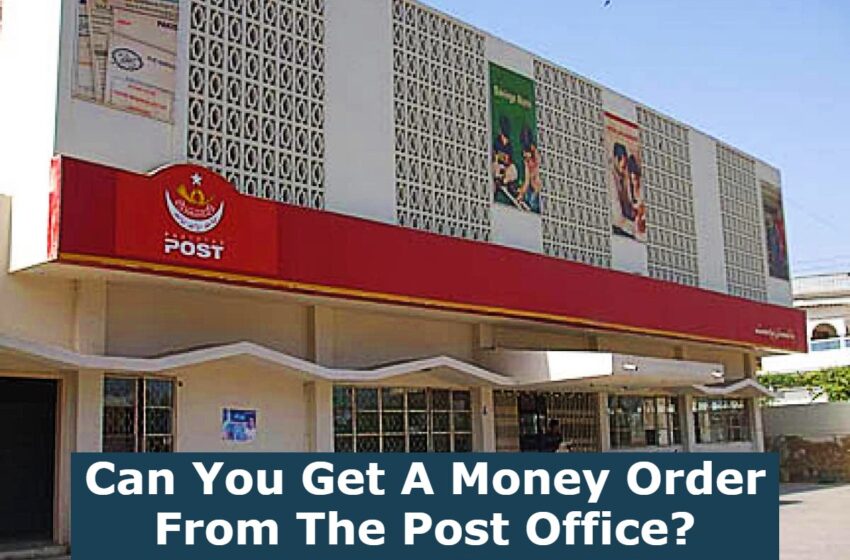
Will You Get Money Order From A Post Office?
If you need to send a money order, you may be wondering if you can get a money order from the post office. This is a great way to get a secure way to transfer money, but there are also a few disadvantages. For example, you can usually expect a higher price than you would be paying at your bank or credit union, and you can’t use the tracking feature.
Disadvantages of getting a money order from the post office
Getting a money order from the post office is a safe way to send payments. However, there are some downsides to using a money order. You might lose your money or not receive the money you are expecting. Or, you may even get a counterfeit money order. Fortunately, you can track your money order so that you can know where it went and when it will arrive.
If you have an account at a bank, you can deposit your money order into your own account. This option is especially good if you have a large amount of money you need to send. Money orders are also a great way to pay your bills if you don’t have a checking account.
Whether you purchase a money order from the post office or from a retailer, you should ensure that you get one that has the security features you need. For example, you should get a money order that has a receipt attached.
Secure way to send money
What’s a secure way to send money from the post office? There are a number of options. Some are better than others. This is why it’s so important to choose the right option for you. You can either mail your money to a recipient, or use one of many mobile wallet providers.
One of the safer ways to send cash is through a cashier’s check. These checks are drawn on your bank’s funds. A cashier’s check is also guaranteed to be paid. Although this is a more traditional form of payment, it’s not necessarily the safest way to transfer money.
Another safe and simple way to send money from the post office is by using an online banking service. Online banking allows you to complete transactions from the comfort of your home. Most banks will have the ability to process a transfer on the same day. However, you’ll need to check with your bank to see if it offers this service.
Cost of buying a money order at a bank or credit union
If you are trying to send money to someone, buying a money order is a safe and convenient way to do so. There are several options for buying them, including at banks, post offices, and credit unions. However, it is important to know exactly what costs are involved.
The cost of purchasing a money order varies by location. While some locations are free, other places charge a flat rate of $5, $10, or even more per money order. These fees can add up over time, especially if you are a regular customer.
Money orders can also be purchased at certain retail stores and at some online retailers. But you should always be careful when buying them. Some places may even charge additional fees for using your credit card to purchase a money order. You should check with the issuer to see if they offer this service.
In addition to the issuer’s fee, you will also need to pay for the face value of the money order. This amount is usually capped at $500 or $1,000.
Tracking feature
If you have just purchased a money order, you can track its progress online. This helps ensure that the money you sent was received and cashed by the right person. You can find out the status of your order by visiting the website of the USPS.
Money orders have many benefits. They are safer than cash, and they can be used to purchase items online or in stores. When purchasing a money order, you must fill out the form with the recipient’s name, address, and issuing financial institution. The dollar amount must be imprinted twice.
Some people also use credit cards or debit cards to pay for a money order. While this is convenient, it does involve some additional paperwork. Once the recipient receives the money order, they can then use it to make a purchase.
If you have purchased a money order, you should have received a receipt with a tracking number. This number can be used to trace the order if it gets lost or if the recipient doesn’t want to cash it.


